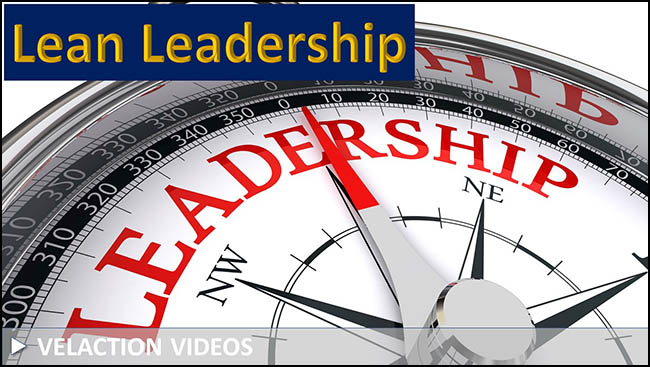Supervision
Supervision is the act of providing oversight to people or processes. The amount of direct supervision required is generally inversely proportionate to the structure of the operation. What that means is simply this: if you have strong processes, people have less of a need for supervisors telling them what to do next.
That’s not to say a strong process eliminates the need for supervision. You still need leaders who are present to help deal with issues and act to eliminate the root causes of those problems. But the degree of direction on daily operations is much lower, which substantially frees up a leader’s time.

Whether in a Lean organization or a traditional one, there is a need to monitor and adjust general behavioral characteristics. These are things such as showing up to work on time, following basic policies, and the like. The difference in a Lean organization, though, is that team members rely on each other a great deal more than in non-Lean companies.
For example, flexible staffing may require that people do different tasks depending on where the demand is. There are also more shared workplaces. The way a person behaves, even for things as minor as putting tools back away in their proper place, or coming back on time for a break, impacts other team members. There is a great deal more peer pressure with people policing their own ranks, which further reduces the supervisory impact.
That said, in a Lean organization, there is not a lot of margin for error. For example, short lead times and low inventories mean mistakes will impact customers much sooner. The overall level of supervision that is required is not lowered once continuous improvement efforts have reduced waste and added standardization. It is just different. They still have to be present, so they can get a quick jump on dealing with problems immediately.
Structure and Supervision
Structure is a common aspect of Lean organizations. Standardization lets team members operate more independently. Leadership systems like daily management also help teams do their jobs with more autonomy. In a well-run organization with a continuous improvement culture, the focus of supervisors shifts from watching how a person does a task, to helping a person handle the events that cause deviation from the process.



0 Comments